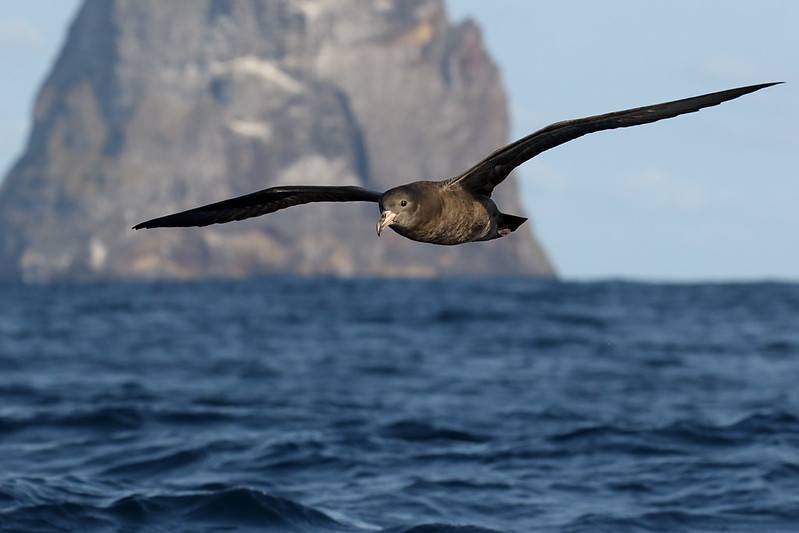Policy
A final vote on the Nature Restoration Law (NRL) will be taking place in the European Parliament early this year. This regulation aims to halt and reverse biodiversity loss in Europe by implementing restoration measures on a minimum of 20% of land and marine areas by 2030. Specific targets to rewet peatlands and increase pollinator populations are also included in the law. Financial support for the NRL will come from funds provided by the EU’s Common Agricultural Policy.

Research
New research conducted at the Quinney College of Natural Resources has shown that Barnacle Geese have a bigger impact on Svalbard’s ecosystem than Reindeer, and that their impact is increasing over time. Since the Arctic climate is shifting faster than other places under global climate change, and Svalbard is one of the most rapidly warming regions on Earth, understanding the effects of these herbivore populations on ecosystem functioning is important and will allow scientists to predict how this region is likely to be affected in the future.
It is no secret that pesticides are harmful to honey bees. However, new research from the University of Illinois has provided more information on how such pesticides impact the sense of smell in bees with consequences for social signalling such as the detection of colony pheromones. This research has also shown how fungicides, previously thought to be harmless to bees, can be toxic, especially when used in combination with insecticides and adjuvants (chemicals that help the insecticide to stick to the target plant).

A researcher at the Natural History Museum, London, is using machine learning to find out more about the types of plastic that seabirds are feeding to their young. Birds such as the Flesh-footed Shearwater often mistake small pieces of plastic for food, but it isn’t currently known whether they target certain types of plastic based on appearance. This information would help in identifying the types of plastic that need to be removed from the ocean most urgently.
Conservation
Since 2009, the Cambridge Conservation Initiative has conducted a horizon scan each year which aims to predict which threats, changes and technologies will be most significant over the next twelve months. This year, the final list included fifteen topics including several relating to sustainable energy, declining invertebrate populations and changing marine ecosystems. The list of issues, as in many of the recent years, reflects both anthropogenic impacts on biodiversity alongside the technological advances designed to deal with those impacts.
Climate
Following a year of unprecedented global temperatures, scientists are now trying to understand what this can tell us about climate change and the rate at which it is accelerating. Although one exceptional year would not be enough to suggest the inaccuracy of current climate prediction models, researchers are now trying to find out whether something unexpected may be occurring due to the interactions between two or more climate influences.

A recent audit by the National Trust has found that the weather is “causing chaos for UK flora and fauna”. A lack of reliable seasonal patterns, accompanied by extreme weather events, droughts and floods are putting a huge amount of stress on plants and animals. The National Trust say that more action is urgently required from politicians to ensure that tackling the associated biodiversity and climate crises is a priority, particularly as we enter an election year.

